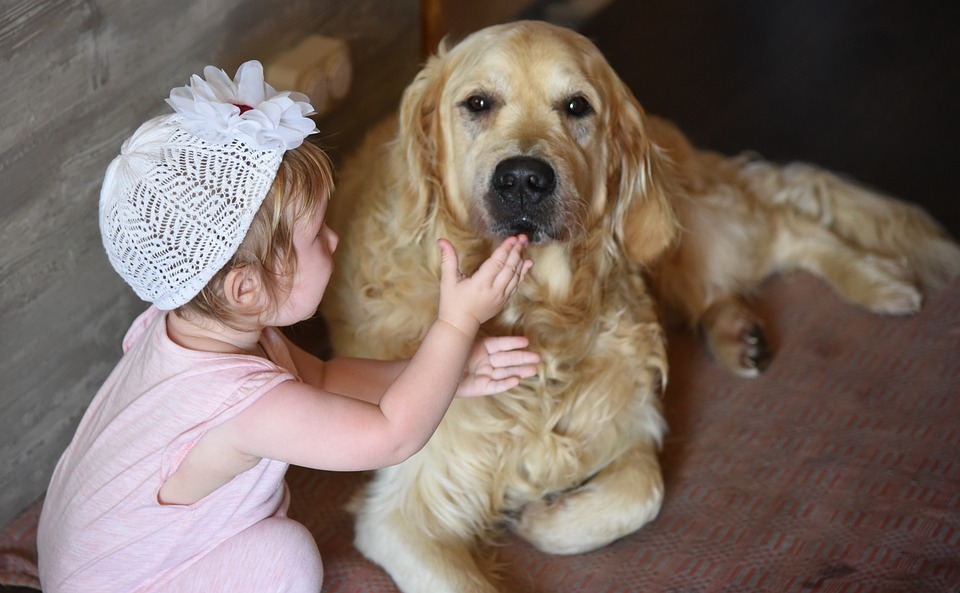**Header: The Ultimate Guide to Training Your Dog to Walk on a leash without Pulling**
**Introduction:**
Walking your dog on a leash is an essential part of their daily routine. However, the constant pulling can turn a pleasant stroll into a frustrating experience. In this comprehensive guide, we will provide you with effective tips and techniques to train your dog to walk on a leash without pulling. Additionally, we will address some frequently asked questions to help you overcome common challenges.
**Section 1: Understanding Leash Training Basics**
1.1 Why is leash training important?
Leash training is important for the safety and well-being of both you and your dog. It allows you to have control over your dog’s movements and prevents them from running into dangerous situations.
1.2 How does leash training benefit your dog’s overall well-being?
Leash training provides mental stimulation and physical exercise for your dog. It also helps establish boundaries and reinforces your role as the leader, which can contribute to a well-behaved and balanced dog.
1.3 The right equipment for leash training
Choosing the right leash and collar or harness is crucial for successful leash training. We will discuss the different options available and their pros and cons.
1.4 Positive reinforcement: The key to successful leash training
Positive reinforcement, such as treats and praise, is an effective and humane method of training your dog to walk on a leash without pulling. We will explain how to use this technique correctly.
**Section 2: Preparing for Leash Training**
2.1 Selecting the appropriate leash and collar/harness
We will guide you through the process of selecting the right leash and collar or harness based on your dog’s size, breed, and individual needs.
2.2 Introducing your dog to the leash and collar/harness
Proper introduction to the leash and collar or harness is essential to ensure your dog feels comfortable and relaxed during walks. We will provide step-by-step instructions on how to introduce these items to your dog.
2.3 Establishing a positive association with the leash
Creating a positive association with the leash will make your dog more eager to go on walks and less likely to pull. We will share tips on how to achieve this.
**Section 3: Basic Leash Training Techniques**
3.1 Teaching your dog to walk beside you
We will provide a step-by-step guide on how to train your dog to walk calmly beside you, using techniques such as luring, rewarding, and reinforcing desired behaviors.
3.2 Using the “heel” command to encourage loose leash walking
Teaching your dog the “heel” command will help them understand the expectation of walking without pulling. We will explain how to effectively use this command during walks.
3.3 Managing distractions during walks
Distractions can cause your dog to pull on the leash. We will share strategies on how to manage and redirect your dog’s attention, allowing for a more enjoyable walking experience.
3.4 Gradually increasing walking distance and duration
Once your dog has mastered the basics of leash training, it is important to gradually increase the distance and duration of walks. We will outline a progressive training plan to help build your dog’s endurance and focus.
**Section 4: Correcting Leash Pulling Behaviors**
4.1 Understanding common reasons for leash pulling
Identifying the reasons behind your dog’s leash pulling behavior is crucial for effective correction. We will discuss common causes such as excitement, fear, or lack of training.
4.2 Techniques to discourage leash pulling
We will provide techniques and exercises to discourage leash pulling, including gentle leash corrections, changing directions, and teaching the “leave it” command.
4.3 Using positive reinforcement to reinforce desired behaviors
Positive reinforcement plays a vital role in correcting leash pulling. We will explain how to reward your dog for walking calmly on a loose leash and reinforce this behavior.
4.4 Avoiding punishment and negative reinforcement
Punishment and negative reinforcement can have adverse effects on your dog’s behavior and trust. We will emphasize the importance of positive training methods and explain why punishment should be avoided.
**Section 5: Troubleshooting Common Challenges**
5.1 Dealing with excessive pulling or resistance
If your dog continues to pull excessively or shows resistance during walks, we will offer strategies to address these challenges effectively.
5.2 Addressing leash aggression or reactivity
Leash aggression or reactivity towards other dogs or people can make walks stressful. We will provide tips on how to manage and rehabilitate this behavior.
5.3 Overcoming fear or anxiety during walks
Some dogs may experience fear or anxiety during walks, leading to pulling or other unwanted behaviors. We will discuss how to help your dog overcome these emotions and create a positive walking experience.
5.4 Seeking professional help if needed
If you are facing persistent challenges or your dog’s behavior is causing concern, we will advise you on when it may be necessary to seek professional help from a dog trainer or behaviorist.
**FAQs: Frequently Asked Questions**
Q1: Can I use a retractable leash for leash training?
Q2: How long does it take to train a dog to walk on a leash without pulling?
Q3: What should I do if my dog constantly tries to sniff or mark during walks?
Q4: Is it necessary to use treats for leash training?
Q5: My dog pulls excessively towards other dogs or people. How can I manage this behavior?
**Conclusion:**
Training your dog to walk on a leash without pulling requires patience, consistency, and positive reinforcement. By following the techniques outlined in this guide and addressing common challenges, you can enjoy peaceful and enjoyable walks with your furry friend. Remember, every dog is unique, so adapt the training methods to suit your dog’s individual needs. With time and effort, your dog will become a well-behaved walking companion. Happy walking!









